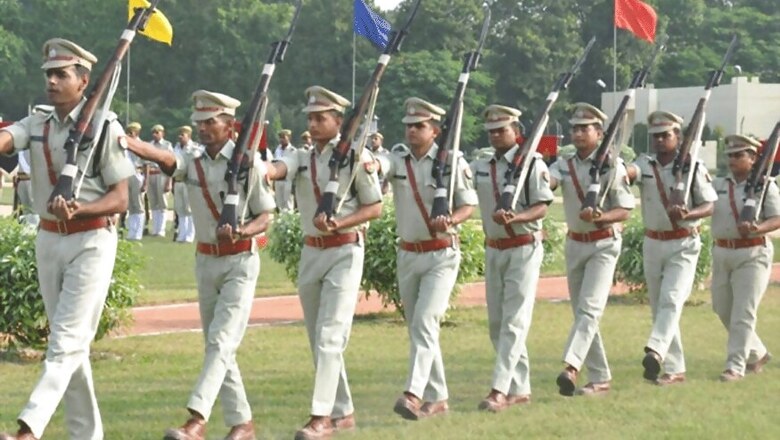
views
New Delhi: Given the worsening law and order situation in several states that has been heightened by cases of mob violence and lynching, it is apparent that our law enforcement agencies need an upgrade. But the latest data available with the Bureau of Police Research and Development (BPRD) show the pitiable manpower and infrastructure that our police departments have to deal with.
Over three lakh posts are lying vacant across states. Though the sanctioned strength is over 20 lakh police personnel (both civil and armed), only 17 lakh posts have been filled. Bihar has the maximum number of vacancies at over 34,000. In Gujarat, the gap is estimated to be around 30,000. The Supreme Court had also recently pulled up the state governments over the vacancies, but little action has been taken so far.
And if the manpower shortage is crippling, the state of infrastructure is creaking.
At least 260 police stations in the country don’t have a vehicle, 1,211 have no telephone connections and another 196 don’t have wireless sets. Besides, there are 144 police stations that neither have telephones nor wireless sets. The figures are based on preliminary data provided by states.
Chhattisgarh tops the list with 126 police stations without any vehicle followed by 91 in Telangana, 23 in Jharkhand and 20 in Manipur. Gujarat has the maximum number, 630, of police stations that don’t have telephone connections, followed by 137 in Assam and 109 in Madhya Pradesh. Bihar has 80 police stations without wireless connections followed by 31 in Manipur and 22 in Puducherry.
Altogether, 181,636 vehicles are available for law enforcement. Maharashtra has the maximum number of vehicles (17,827), followed by Tamil Nadu (15,926), Karnataka (12,254) and Jammu & Kashmir (12,244). The north-eastern states on an average have the least numbers of vehicles. Sikkim has the least (443), followed by Mizoram (451), Goa (652) and Manipur (798).
As per the data, agitation by political parties eclipsed student and labour unions last year. Over 31,000 stirs were organised by political parties, government employees held 23,000 agitations, followed by labour unions (13,000) and student unions (10,000).



















Comments
0 comment